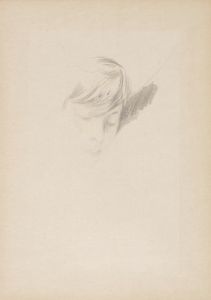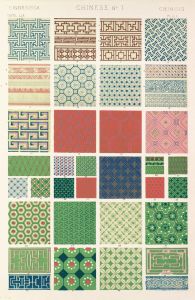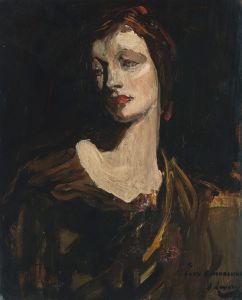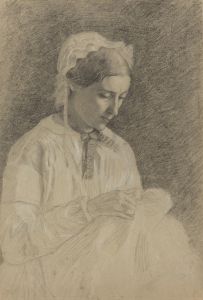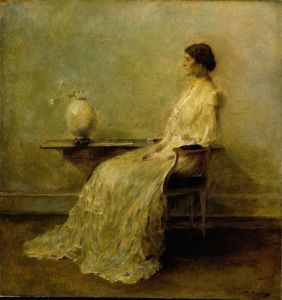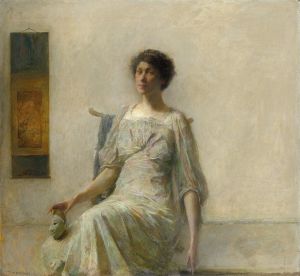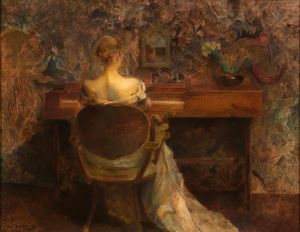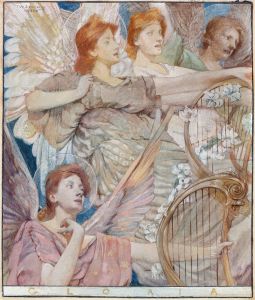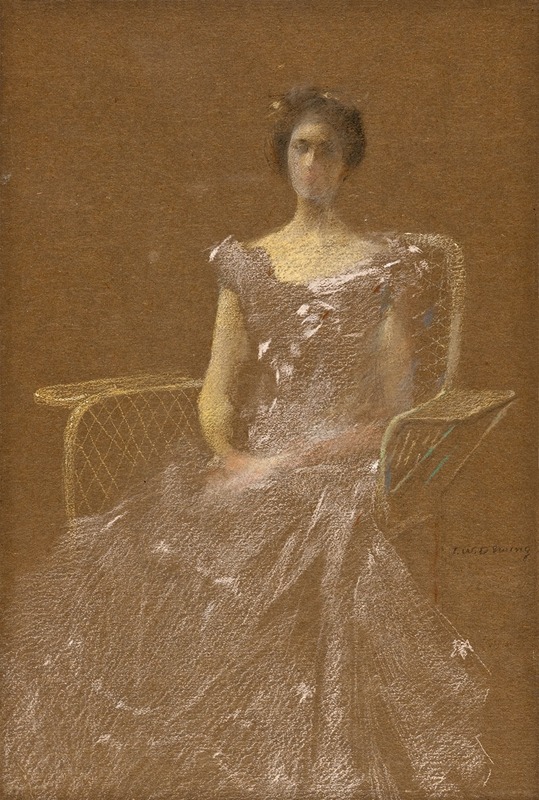
Lady in Rattan Armchair
A hand-painted replica of Thomas Wilmer Dewing’s masterpiece Lady in Rattan Armchair, meticulously crafted by professional artists to capture the true essence of the original. Each piece is created with museum-quality canvas and rare mineral pigments, carefully painted by experienced artists with delicate brushstrokes and rich, layered colors to perfectly recreate the texture of the original artwork. Unlike machine-printed reproductions, this hand-painted version brings the painting to life, infused with the artist’s emotions and skill in every stroke. Whether for personal collection or home decoration, it instantly elevates the artistic atmosphere of any space.
"Lady in Rattan Armchair" is a painting by the American artist Thomas Wilmer Dewing, known for his contributions to the American Tonalism movement. Dewing, born in 1851 in Boston, Massachusetts, was a prominent figure in the late 19th and early 20th centuries, recognized for his ethereal and atmospheric depictions of women in refined, often dreamlike settings.
The painting "Lady in Rattan Armchair" exemplifies Dewing's characteristic style, which often features elegant women in contemplative poses, set against minimalistic and softly rendered backgrounds. This particular work showcases a woman seated in a rattan armchair, a piece of furniture that was popular during the late 19th century. The use of a rattan chair not only situates the painting in its historical context but also adds a textural element to the composition, contrasting with the smoothness of the woman's attire and the soft focus of the background.
Dewing's approach to painting was heavily influenced by the Aesthetic Movement, which emphasized beauty and visual harmony over narrative content. His works are often noted for their subdued color palettes, delicate brushwork, and an emphasis on mood and atmosphere. "Lady in Rattan Armchair" is no exception, as it employs a limited range of colors, primarily soft greens, blues, and earth tones, to create a serene and introspective mood.
The subject of the painting, like many of Dewing's works, is a woman portrayed with an air of introspection and grace. Dewing often depicted women in moments of quiet reflection, capturing a sense of timelessness and tranquility. The identity of the woman in "Lady in Rattan Armchair" is not specified, which is typical of Dewing's work, as he often focused on the universal qualities of beauty and contemplation rather than specific individuals.
Dewing was a member of the Ten American Painters, a group of artists who broke away from the Society of American Artists in 1897 to form a more exclusive and cohesive group dedicated to promoting their work. This affiliation helped Dewing gain recognition and exhibit his work alongside other prominent artists of the time.
Throughout his career, Dewing's work was well-received by critics and collectors alike, and he was considered a master of his genre. His paintings are held in high regard for their technical skill and the subtle emotional depth they convey. "Lady in Rattan Armchair" is a testament to Dewing's ability to capture the quiet elegance and introspective nature of his subjects, making it a significant piece within his body of work.
Today, Dewing's paintings can be found in major art institutions and collections, reflecting his lasting impact on American art. His work continues to be studied and appreciated for its contribution to the Tonalist movement and its exploration of beauty, mood, and the human experience.





